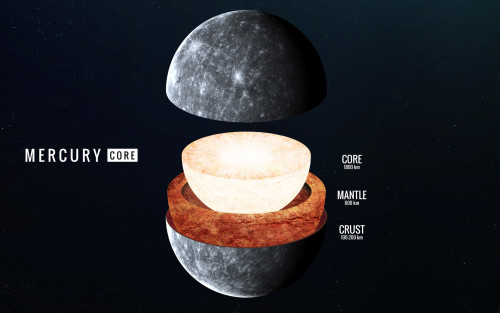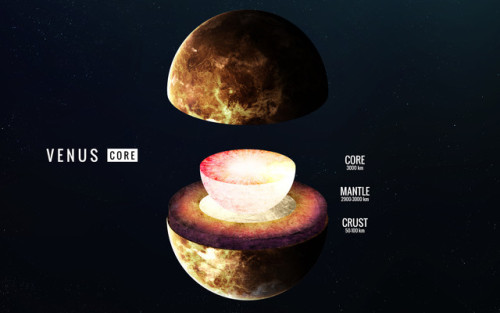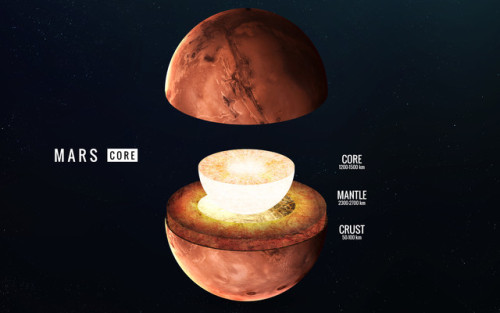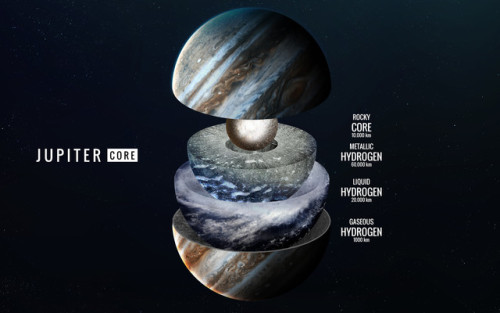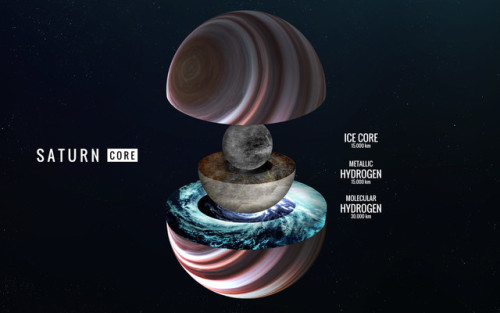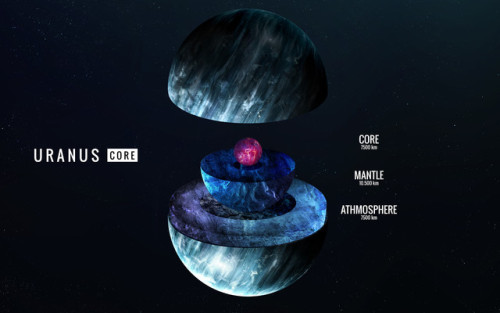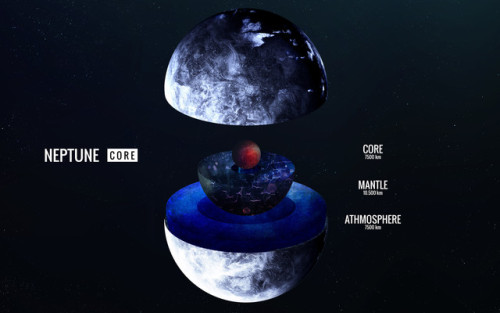Pretty Space Words
pretty space words
aphelion - the point in the orbit of a planet, asteroid, or comet at which it is farthest from the Sun. astral - relating to or resembling the stars. caldera - a large volcanic crater, especially one formed by a major eruption leading to the collapse of the mouth of the volcano. celestial - positioned in or relating to the sky, or outer space as observed in astronomy. constellation - a group of stars forming a recognizable pattern. cosmos - the universe seen as a well-ordered whole. equinox - the time or date at which the sun crosses the celestial equator, when day and night are of equal length. faculae - bright patches that are visible on the Sun’s surface. lunation - the interval of a complete lunar cycle, between one new Moon and the next. interstellar - occurring or situated between stars. nebula - a cloud of gas and dust in outer space, visible in the night sky either as an indistinct bright patch or as a dark silhouette against other luminous matter. perihelion - the point in the orbit of a planet, asteroid, or comet at which it is closest to the Sun. synodic - relating to or involving the conjunction of stars, planets, or other celestial objects.
More Posts from Fillthevoid-with-space and Others

We’re back in 2019 with an episode that would have been more appropriate to release during hurricane season: a discussion of the Coriolis force! This force was observed centuries ago but takes its name from the scientist who first considered it in terms of theory and physics. It has an impact on a vast range of natural phenomena, from weather patterns to ocean waves to the flights of flies and moths.
Below the cut are the glossary, transcript, a timeline of the people I mention, sources, and music credits. Send me any topic suggestions via Tumblr message (you don’t need an account to do this, just submit as anonymous). You can also tweet at me on Twitter at @HDandtheVoid, or you can ask me to my face if you know me in real life. Subscribe on iTunes to get the new episodes of my so-far-monthly-updated podcast, and please please please rate and review it. Go ahead and tell friends if you think they’d like to hear it, too!
(My thoughts on the next episode are Stephen Hawking, Hedy Lamarr, or famous comets. The next episode will go up in late February.)
Glossary
Coriolis force - a force in a rotating system that acts perpendicular to the direction of motion and to the axis of rotation. On Earth, this tends to deflect moving objects to the right in the Northern Hemisphere and to the left in the Southern Hemisphere.
Ekman transport - the net motion of fluid that results from the balance between Coriolis and turbulent drag forces.
Eötvös effect - the change in perceived gravitational force that results from eastbound or westbound movement on Earth’s surface.
Kelvin waves - an ocean wave that is trapped at the Earth’s equator and along vertical boundaries like coastlines. They move towards the equator when they have a western boundary; towards the poles when they have an eastern boundary; and make a whirlpool when they have a closed boundary, moving counterclockwise in the Northern Hemisphere and clockwise in the Southern Hemisphere.
Lagrange points - five points where three bodies can orbit each other, yet stay in the same position relative to each other in a stable configuration. L1-L3 are in line with each other, while L4 and L5 are at the points of equilateral triangles in the configuration.
prograde - when a planet spins from east to west.
Rossby number - used to determine the relative importance of the centrifugal and Coriolis forces in maps of weather patterns. A small Rossby number indicates that a weather system is strongly affected by Coriolis forces, while a large Rossby number signifies that a system is affected by inertial and centrifugal forces.
Transcript
Timeline
Giovanni Battista Riccioli, Italian (1598-1671)
Francesco Maria Grimaldi, Italian (1618-63)
Joseph-Louis Lagrange, French (1736-1813)
Gaspard-Gustave de Coriolis, French (1792-1843)
Sir William Thompson, AKA Lord Kelvin, Scots-Irish (1824-1907)
Baron Loránd Eötvös de Vásárosnamény, Hungarian (1848-1919)
Ottokar Tumlirz, Austrian (1856-1928)
Fridtjof Nansen, Norwegian (1861-1930)
Vagn Walfrid Ekman, Swedish (1874-1954)
Carl-Gustaf Arvid Rossby, Swedish-born American (1898-1957)
Sources
Coriolis Effect via the University of Oregon
Coriolis Force via Wikipedia
Coriolis effect, two centuries before Coriolis via Physics Today (Aug 2011)
Gaspard-Gustave de Coriolis via Wikipedia
Coriolis effect via National Geographic
Hurricane, cyclone, typhoon, tornado – what’s the difference? via African Reporter (Sep 2017)
Wang, B. Kelvin Waves. University of Hawaii: Honolulu, 2002.
Ocean in Motion: Ekman Transport Background via NASA
Ekman transport via Wikipedia
What is a Geodesist? via Environmental Science
“The Second Coming” by W. B. Yeats via Poetry Foundation
Intro Music: ‘Better Times Will Come’ by No Luck Club off their album Prosperity
Filler Music: ‘Ambergris’ by Tipper off their EP Fathoms
Outro Music: ‘Fields of Russia’ by Mutefish off their album On Draught
It made it!

Thank you SpaceX. You just gave us the keys to our dreams. So much is now possible…
(Image credit: SpaceX SES-10 stream)
I'm reading Starlight Detectives pretty hard cuz new episode goes up on Monday and let me tell you, I now have a very deep appreciation for the photographs we have of space.

Small Magellanic Cloud: Stunning Infrared Image
For the love of all that’s good and proper click here and zoom way into this image. It’s more than beautiful. The fact that it’s infrared means that we’re able to see past a lot of the dust that would otherwise block our view.
(Image credit: ESA/VISTA)
Merging Galaxies Have Enshrouded Black Holes
NASA - NuStar Mission patch. May 9, 2017 Black holes get a bad rap in popular culture for swallowing everything in their environments. In reality, stars, gas and dust can orbit black holes for long periods of time, until a major disruption pushes the material in. A merger of two galaxies is one such disruption. As the galaxies combine and their central black holes approach each other, gas and dust in the vicinity are pushed onto their respective black holes. An enormous amount of high-energy radiation is released as material spirals rapidly toward the hungry black hole, which becomes what astronomers call an active galactic nucleus (AGN). A study using NASA’s NuSTAR telescope shows that in the late stages of galaxy mergers, so much gas and dust falls toward a black hole that the extremely bright AGN is enshrouded. The combined effect of the gravity of the two galaxies slows the rotational speeds of gas and dust that would otherwise be orbiting freely. This loss of energy makes the material fall onto the black hole.
Image above: This illustration compares growing supermassive black holes in two different kinds of galaxies. A growing supermassive black hole in a normal galaxy would have a donut-shaped structure of gas and dust around it (left). In a merging galaxy, a sphere of material obscures the black hole (right). Image Credits: National Astronomical Observatory of Japan. “The further along the merger is, the more enshrouded the AGN will be,” said Claudio Ricci, lead author of the study published in the Monthly Notices Royal Astronomical Society. “Galaxies that are far along in the merging process are completely covered in a cocoon of gas and dust.” Ricci and colleagues observed the penetrating high-energy X-ray emission from 52 galaxies. About half of them were in the later stages of merging. Because NuSTAR is very sensitive to detecting the highest-energy X-rays, it was critical in establishing how much light escapes the sphere of gas and dust covering an AGN. The study was published in the Monthly Notices of the Royal Astronomical Society. Researchers compared NuSTAR observations of the galaxies with data from NASA’s Swift and Chandra and ESA’s XMM-Newton observatories, which look at lower energy components of the X-ray spectrum. If high-energy X-rays are detected from a galaxy, but low-energy X-rays are not, that is a sign that an AGN is heavily obscured.
NASA’s NuSTAR telescope. Image Credit: NASA
The study helps confirm the longstanding idea that an AGN’s black hole does most of its eating while enshrouded during the late stages of a merger. “A supermassive black hole grows rapidly during these mergers,” Ricci said. “The results further our understanding of the mysterious origins of the relationship between a black hole and its host galaxy.” NuSTAR is a Small Explorer mission led by Caltech and managed by NASA’s Jet Propulsion Laboratory for NASA’s Science Mission Directorate in Washington. NuSTAR was developed in partnership with the Danish Technical University and the Italian Space Agency (ASI). The spacecraft was built by Orbital Sciences Corp., Dulles, Virginia. NuSTAR’s mission operations center is at UC Berkeley, and the official data archive is at NASA’s High Energy Astrophysics Science Archive Research Center. ASI provides the mission’s ground station and a mirror archive. JPL is managed by Caltech for NASA. Related link: Monthly Notices of the Royal Astronomical Society: https://academic.oup.com/mnras/article/468/2/1273/2939810/Growing-supermassive-black-holes-in-the-late For more information on NuSTAR, visit: http://www.nasa.gov/nustar http://www.nustar.caltech.edu Images (mentioned), Text, Credits: NASA/Tony Greicius/JPL/Elizabeth Landau. Greetings, Orbiter.ch Full article

We will not leave the crew hanging!
The crew module uprighting system rotates Orion should it come to rest upside down when landing in the water.
New Horizons Flyover of Pluto
Using actual New Horizons data and digital elevation models of Pluto and its largest moon Charon, mission scientists have created flyover movies that offer spectacular new perspectives of the many unusual features that were discovered and which have reshaped our views of the Pluto system – from a vantage point even closer than the spacecraft itself. This dramatic Pluto flyover begins over the highlands to the southwest of the great expanse of nitrogen ice plain informally named Sputnik Planitia. The viewer first passes over the western margin of Sputnik, where it borders the dark, cratered terrain of Cthulhu Macula, with the blocky mountain ranges located within the plains seen on the right. The tour moves north past the rugged and fractured highlands of Voyager Terra and then turns southward over Pioneer Terra – which exhibits deep and wide pits – before concluding over the bladed terrain of Tartarus Dorsa in the far east of the encounter hemisphere. Digital mapping and rendering were performed by Paul Schenk and John Blackwell of the Lunar and Planetary Institute in Houston.
-
 growthefup reblogged this · 2 weeks ago
growthefup reblogged this · 2 weeks ago -
 ardimutt liked this · 4 weeks ago
ardimutt liked this · 4 weeks ago -
 merridelicious reblogged this · 4 weeks ago
merridelicious reblogged this · 4 weeks ago -
 merridelicious liked this · 4 weeks ago
merridelicious liked this · 4 weeks ago -
 strangerwise liked this · 1 month ago
strangerwise liked this · 1 month ago -
 adriennepoison reblogged this · 1 month ago
adriennepoison reblogged this · 1 month ago -
 adriennepoison liked this · 1 month ago
adriennepoison liked this · 1 month ago -
 princessponies81 liked this · 2 months ago
princessponies81 liked this · 2 months ago -
 agentnavi liked this · 2 months ago
agentnavi liked this · 2 months ago -
 agentnavi reblogged this · 2 months ago
agentnavi reblogged this · 2 months ago -
 kateinator reblogged this · 2 months ago
kateinator reblogged this · 2 months ago -
 kateinator liked this · 2 months ago
kateinator liked this · 2 months ago -
 unicornpsyche reblogged this · 2 months ago
unicornpsyche reblogged this · 2 months ago -
 celreniaworld reblogged this · 2 months ago
celreniaworld reblogged this · 2 months ago -
 elswhere liked this · 2 months ago
elswhere liked this · 2 months ago -
 spaghettiwritten reblogged this · 2 months ago
spaghettiwritten reblogged this · 2 months ago -
 ladygothamhaunt liked this · 2 months ago
ladygothamhaunt liked this · 2 months ago -
 vjentjan liked this · 3 months ago
vjentjan liked this · 3 months ago -
 vivisextion liked this · 3 months ago
vivisextion liked this · 3 months ago -
 sweetheartbreakgirl liked this · 3 months ago
sweetheartbreakgirl liked this · 3 months ago -
 caramelicious-xo liked this · 3 months ago
caramelicious-xo liked this · 3 months ago -
 utena-tfln liked this · 3 months ago
utena-tfln liked this · 3 months ago -
 shes-just-a-city-mare liked this · 3 months ago
shes-just-a-city-mare liked this · 3 months ago -
 tumorrow liked this · 3 months ago
tumorrow liked this · 3 months ago -
 pomeloeater liked this · 4 months ago
pomeloeater liked this · 4 months ago -
 dearreader137 liked this · 4 months ago
dearreader137 liked this · 4 months ago -
 calxlu reblogged this · 5 months ago
calxlu reblogged this · 5 months ago -
 calxlu liked this · 5 months ago
calxlu liked this · 5 months ago -
 last-starborn reblogged this · 5 months ago
last-starborn reblogged this · 5 months ago -
 lolabearwrites liked this · 6 months ago
lolabearwrites liked this · 6 months ago -
 tigerani reblogged this · 6 months ago
tigerani reblogged this · 6 months ago -
 tigerani liked this · 6 months ago
tigerani liked this · 6 months ago -
 aycayia liked this · 6 months ago
aycayia liked this · 6 months ago -
 fablenaught reblogged this · 6 months ago
fablenaught reblogged this · 6 months ago -
 kheda-li liked this · 7 months ago
kheda-li liked this · 7 months ago -
 mermaidfaewrites liked this · 8 months ago
mermaidfaewrites liked this · 8 months ago -
 firefly-suite reblogged this · 8 months ago
firefly-suite reblogged this · 8 months ago -
 bootlegpippin reblogged this · 8 months ago
bootlegpippin reblogged this · 8 months ago -
 ghostsknewmynights reblogged this · 8 months ago
ghostsknewmynights reblogged this · 8 months ago -
 ghostsknewmynights liked this · 8 months ago
ghostsknewmynights liked this · 8 months ago -
 spookyscaryslashy liked this · 8 months ago
spookyscaryslashy liked this · 8 months ago -
 spookyscaryslashy reblogged this · 8 months ago
spookyscaryslashy reblogged this · 8 months ago -
 smoothrockibiza liked this · 9 months ago
smoothrockibiza liked this · 9 months ago -
 psychovixxen liked this · 9 months ago
psychovixxen liked this · 9 months ago -
 matt-the-second-coming reblogged this · 9 months ago
matt-the-second-coming reblogged this · 9 months ago -
 gocleau reblogged this · 9 months ago
gocleau reblogged this · 9 months ago -
 maxlevelvon liked this · 9 months ago
maxlevelvon liked this · 9 months ago
A podcast project to fill the space in my heart and my time that used to be filled with academic research. In 2018, that space gets filled with... MORE SPACE! Cheerfully researched, painstakingly edited, informal as hell, definitely worth everyone's time.
243 posts

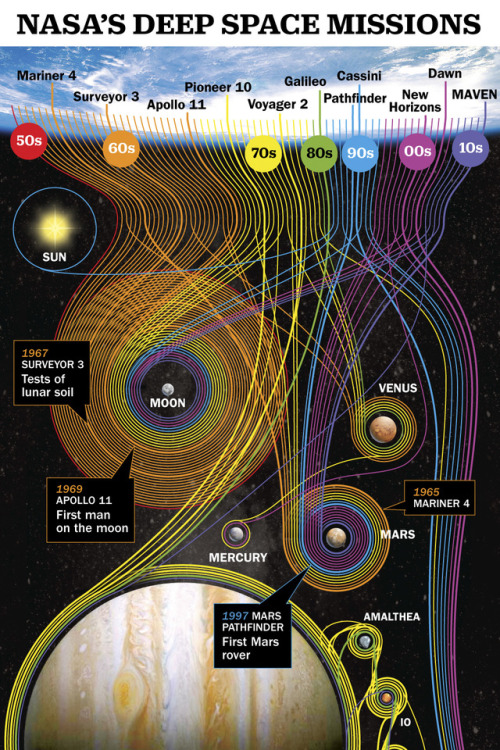
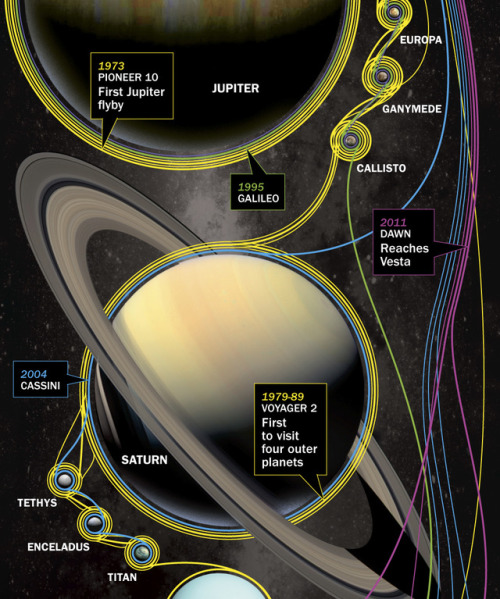
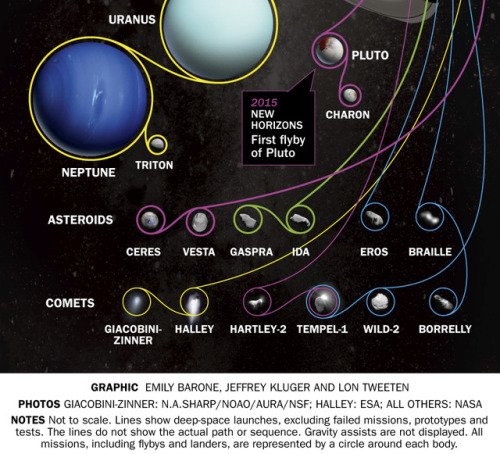
![Andromeda [x]](https://64.media.tumblr.com/bc1f14b027b4d1ea42d4b64572cceae3/tumblr_okznz4PWsz1tuy5mao1_500.jpg)
